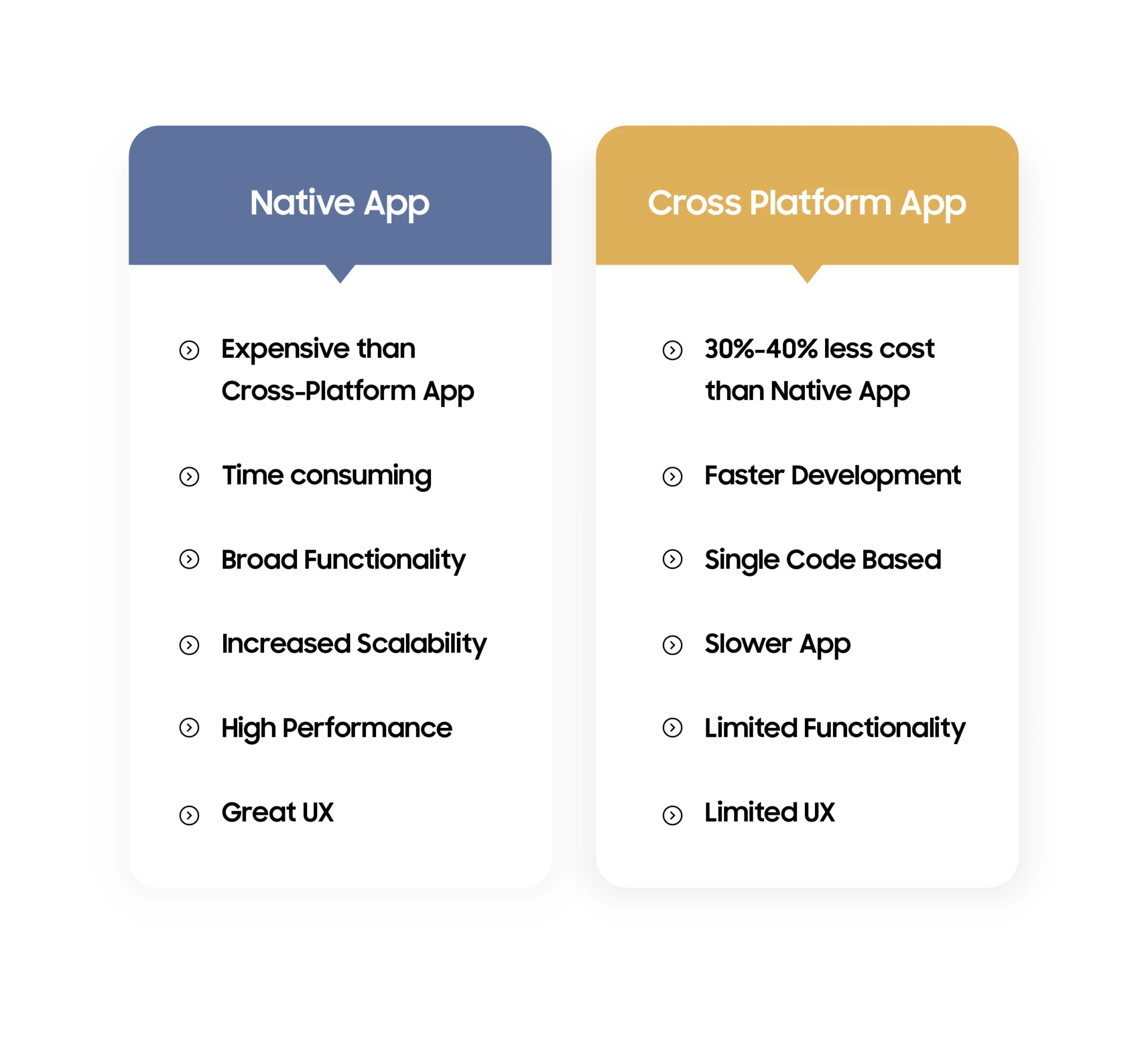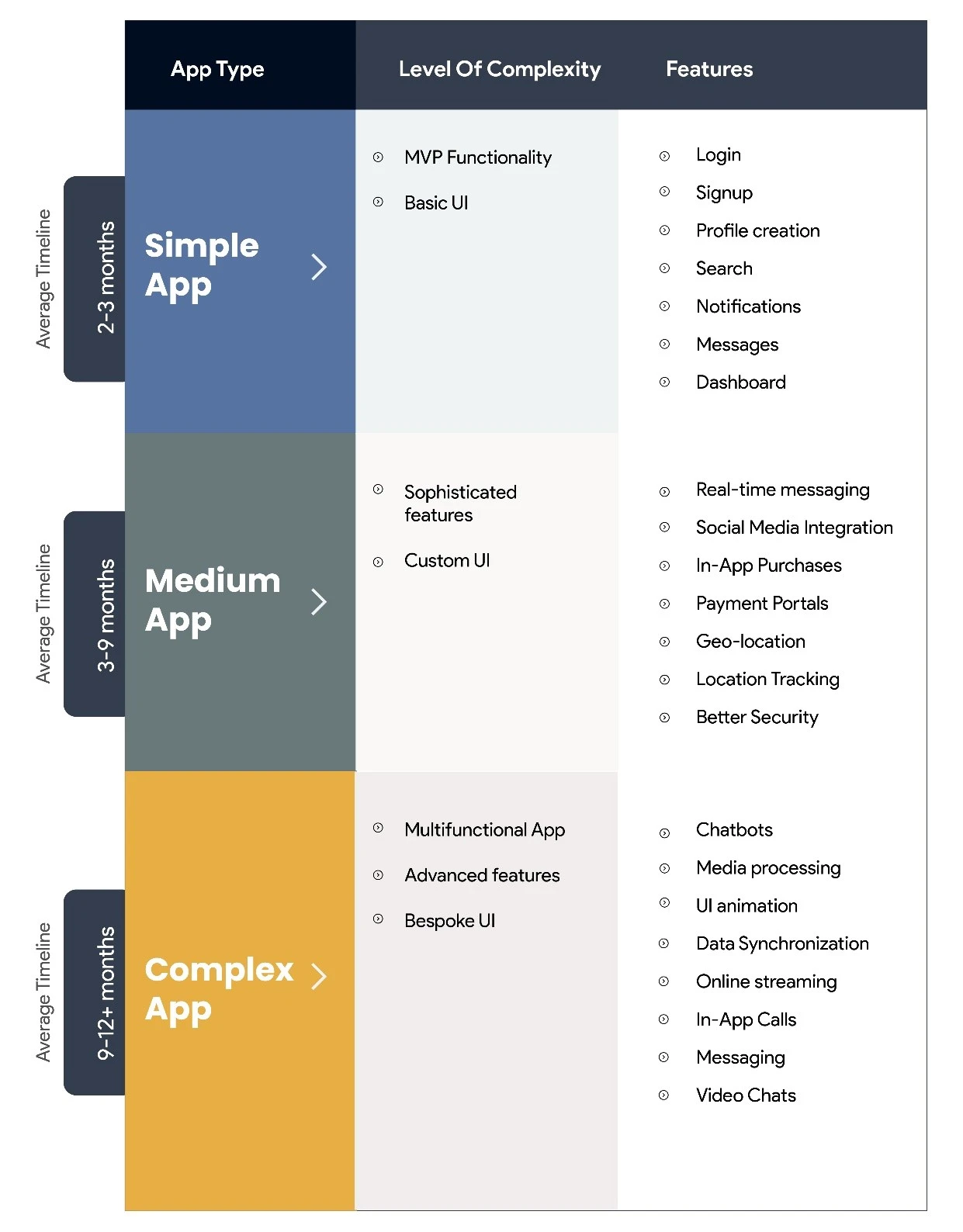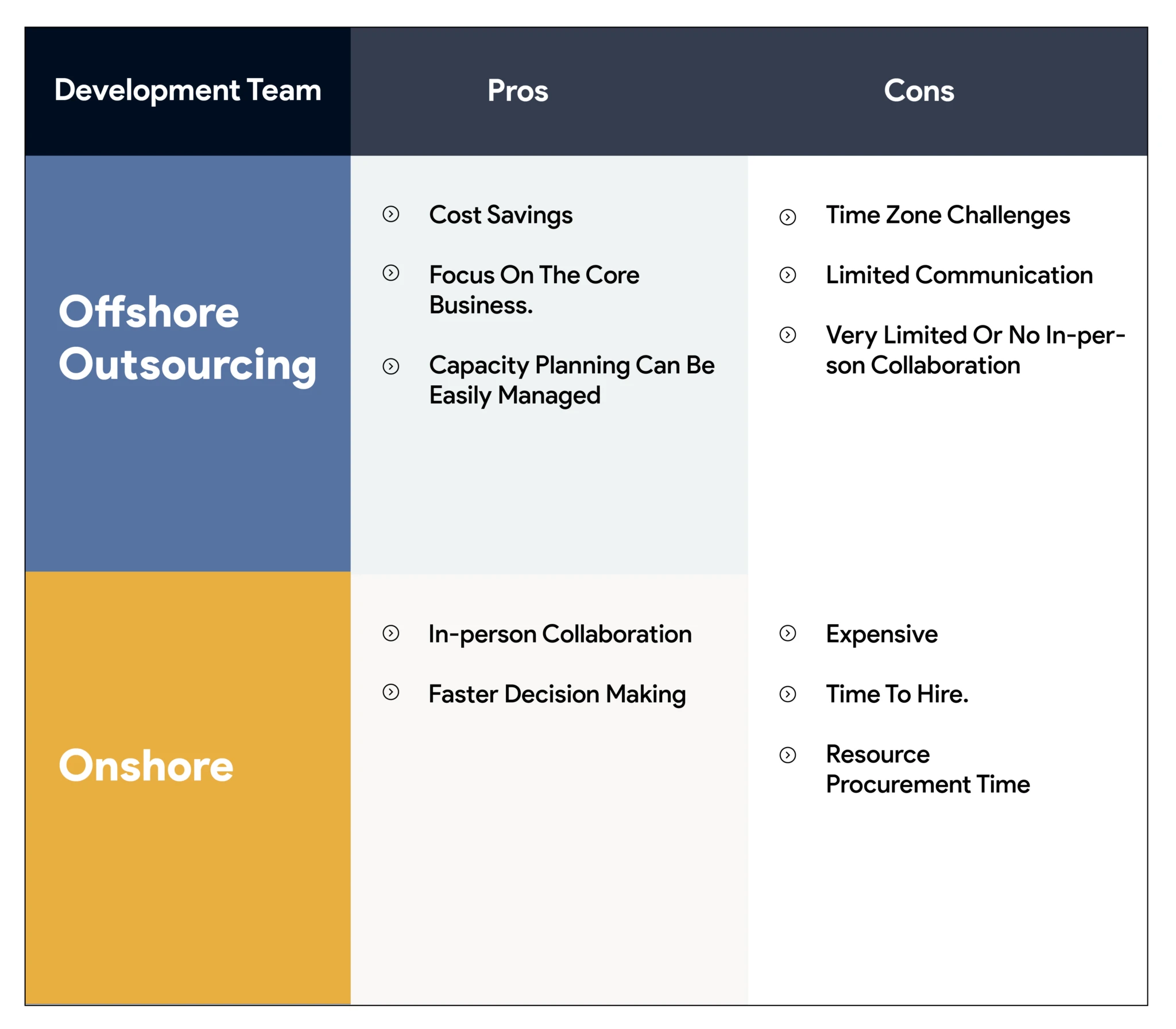Sustainability and social responsibilities have become significant in shaping the world that we live in today. Hence, ESG investing has become a holistic approach that aligns financial results with environmental sustainability, social responsibility, and ethical governance.
Over our “ESG (Environmental, Social, and Governance) – A Global Phenomenon” blog series, we will unveil the relevance and significance of ESG in today’s business environment and how CES NeoSilica can help transform your business in this space. Our introduction blog, ESG 101 explores ESG along with a day-to-day example of smartphones and related issues.
80% of the natural resources are used by 20% of the population.
Overconsumption and reckless usage of natural resources are leading to global warming, flooding, deforestation, and extinction of species & biodiversity. Most of us are aware that sustainability means reducing energy wastage, minimizing water consumption, eliminating plastic usage, etc in simple terms. In the past, some of these activities would fall under CSR or energy conservation without a comprehensive approach or long-term path toward a corporate mandate or goal.
With governments, corporates, and investors prioritizing sustainability, there has been a fundamental shift to establish an ESG framework. Led actively by the UN and GCC (Global Climate Change), a comprehensive ESG framework is being developed so that nations, corporates, and other institutions can drive targets and roadmap for Net Zero to ensure global warming under the 1.5° pathway. Concerning this, countries have taken the pledge for their Net Zero and released their policies to
A) Reporting simple-to-understand ESG scorecards to track and report carbon impact and ESG performance. This helps stakeholders evaluate sustainability efforts and drive progress toward Net Zero targets.
B) Rewarding and incentivizing early players and initiatives: To amp up sustainable practices, early players’ incentivization is available for the next 3-5 years, referred to as the ‘period of encouragement.’
C) Imposing strict penalties after the initial period: Penalties and regulations to ensure compliance with the Net Zero targets to reinforce ESG.
As the awareness to mitigate the environmental impact arises, companies are considering approaches to assess their manufacturing or service offerings and any related sources that may contribute to their carbon footprint, whether directly or indirectly. In light of this, businesses are proactively developing a roadmap of initiatives to achieve Net Zero targets within a 5/10/20 year horizon. With rising government incentives and a push towards a collective war on carbon, sustainable reporting is essential for achieving net zero carbon footprints and a 1.5° pathway.
Now, how do we begin?
Since ESG is many things to many people, we asked the CEO of CES NeoSilica, Satyam, a seasoned leader in the Energy & Sustainability sector for the past 15 years – What is ESG 101? How do you introduce ESG?
He brought up an interesting example of the ESG impact. He voiced, “Let us start with our phone conversation here. I am sitting here in New York with a mobile in my hand, and you too are carrying a smartphone. Do you know the ESG impact of our conversation?”
Let us have a closer look at some hard facts –
- Smartphones are made of electronic boards, fiber/plastic/composite casing, battery, camera, speaker, and many more.
- Many of these components are built using core material, where there is a little bit of recycling opportunity.
- We carry 1-2 smartphones with an average of 5-10 people per family, which they change every 2-4 years.
- Global usage of 16 billion phones in 2022, of which 5 billion of them were discarded, adding to massive electronic waste (12% of global e-waste annually).
We can only imagine the ‘carbon footprint’ of these smartphones!
Now, how do we calculate the ‘carbon footprint’ of the product – starting from the initial stage to the time a phone lands in your hands? It includes raw materials, third-party components, manufacturing processes, factory energy/water/waste, shipping, stores, and packaging materials.
Additionally, let’s consider how are we communicating with each other. What components enable a ‘virtual connection’ between us through telecom?
- We are using a local internet connection by cabling, telecom towers, switching equipment, and NOC & systems to manage.
- The local internet provider subscribes to long-distance providers with their infrastructure & management and is supported by submerged cables across oceans that carry our voice and data packets (IP).
- Telecom generates 1.6% of global carbon emissions, which will expand to 14% in 2040 (as per BCG report 2021) with faster net usage.
So, what is the carbon footprint of our conversation? It is a question we should be asking for sure. But unfortunately, we don’t realize the impact of carbon in everything we do around us and how much we are contributing– directly and indirectly to environmental degradation.
ESG is no more lip service. Companies are no longer only being scrutinized for the balance sheet but also their ESG disclosure and risk. The implementation of ESG is a one-time endeavor that reaps benefits for the future. In conclusion, let us reflect on these wise words by Paul Polman (Former CEO of Unilever) –
“Businesses that understand and integrate sustainable solutions into their core strategy will be the ones that thrive in the long term”.
CES NeoSilica, Your Strategic Business Partner for ESG Initiatives.
CES NeoSilica deployed 100+ projects globally, helping improve operational efficiency through advanced digital technologies involving AI analytics integrated into applications and custom ESG frameworks. We offer solutions across industries, including energy, utility, buildings, data centers, factories, water treatment facilities, and EV sectors. To achieve corporate sustainability objectives, we help you to “connect” with your assets, such as smart Net Zero buildings, and their ESG initiatives, including renewables, energy efficiency, recycling, water conservation, materials, EV, and Industry 4.0.
While initial ESG reports may rely on spreadsheet calculations and estimations, corporates must track “real data” from digital systems across the organizations. We offer a flexible, scalable, and secure digital platform that connects all your assets and efficiency projects to track within the company and integrates with the supply chain to track indirect impact.
To learn more about how we empower energy stakeholders with intelligent technology solutions to unlock efficiency, resilience, and scalability, visit us at https://cesneosilica.com/
Ready to explore the possibilities? Please schedule a consultation with our experts @ veerababu.tirumalasetty@cesneosilica.com






